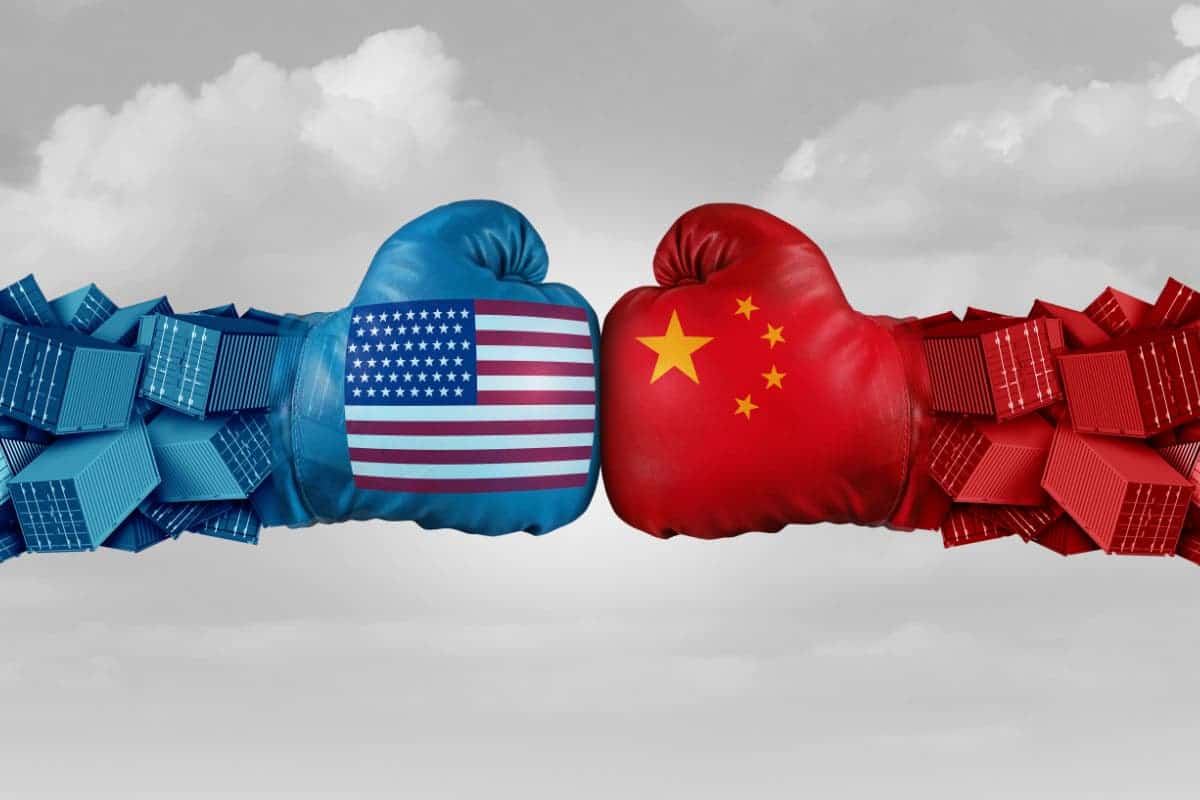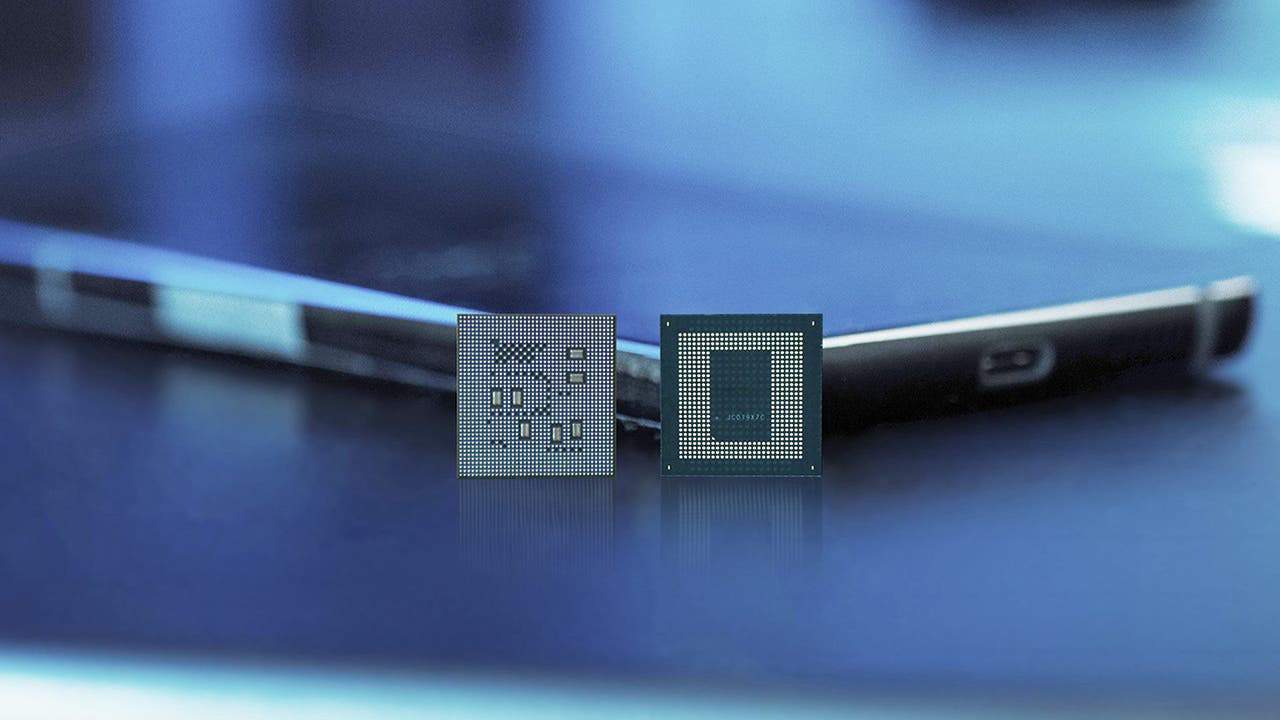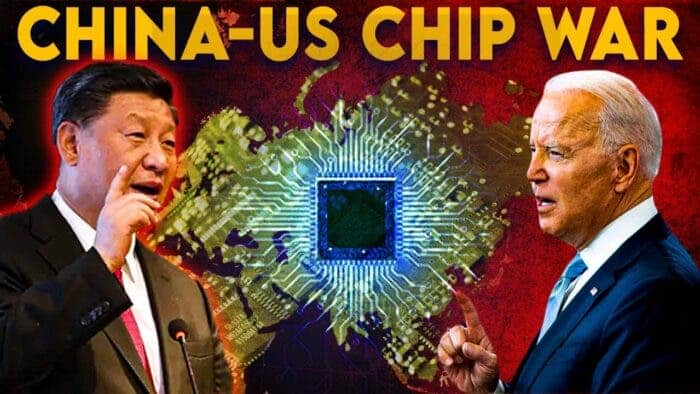The U.S. recently finalised a set of rules aimed at preventing China from benefiting from a $52 billion chip fund. This fund is set aside for the growth of the U.S. tech industry. The move also aims to protect national security and protect the technological edge of the United States. This decision shows the growing concerns about China’s tech ambitions. The U.S. Department of Commerce (DoC) said that it is a big risk to give China access to advanced semiconductor technology. For this and other reasons, the DoC issued final rules on Friday.

The new rules aim to bar China and nations deemed to pose a threat to American national security. It will bar these nations from assessing the chip fund. The law is the last hurdle before the Biden administration can begin sharing $39 billion in semiconductor production subsidies. The key “Chips and Science” law gives $52.7 billion for semiconductor production, research, and workforce development in the United States.
Commerce Secretary, Gina Raimondo told Congress Tuesday
“We have to be absolutely vigilant that not a penny of this helps China to get ahead of us … I feel the pressure … We are behind but it is more important that we get it right. And if we take another month or a few more weeks to get it right, I will defend that because it’s necessary.”
Background: The critical role of the semiconductor industry
Semiconductors, also known as chips, are the basis of modern technology. They play critical roles in a wide range of gadgets. This ranges from mobile phones and PCs to complex military systems and electric cars. As such, control over semiconductor technology has far-reaching implications for national security, economic competitiveness, and innovation.
The US has long been a world leader in semiconductor R&D and manufacturing. However, in recent years, China has made serious efforts to shore up its semiconductor capabilities. It realizes that mastery of this technology is key to reaching its targets. This is mostly needed in fields such as 5G, AI, and advanced weaponry.

The CHIPS Act and the concerns it addresses
The United States knows the value of growing its local semiconductor industry and guarding its technological edge. To remedy this, Congress passed the Creating Helpful Incentives to Produce Semiconductors for America (CHIPS) Act. This includes a $52 billion chip fund for R&D and manufacturing.
The CHIPS Act was meant to help the American semiconductor industry. However, there are fears that China could profit indirectly from these monies through assets in US – based semiconductor firms. This sparked fears about technology transfer and China finding access to advanced semiconductor production methods.
Finalising rules to protect national security
To address these concerns, the Biden administration’s US DoC finalised the laws. These rules will prevent China and other nations from gaining from the $52 billion chip fund. They also have the goal of protecting national security while also keeping control over vital chip technology.
Key Provisions of the Rules:
- National Security Review: The DoC will conduct a national security review on semiconductor-related deals under the fresh rules. This review will assess if a deal poses a national security risk. It will ensure that the deal will not pass advanced semiconductor technology to foreign groups in China.
- Scope of Deals: The laws apply to a broad range of semiconductor-related deals. This includes mergers, acquisitions, ventures, and technology transfer. Any deal that could provide a foreign party access to crucial semiconductor technology is reviewed.
- Expanded Authorities: The DoC has been given more powers. It will now monitor and prevent deals deemed to pose a risk to national security. This includes the potential to restrict deals that may benefit China or nations with similar goals in the long run.
- Criteria for Review: The national security test will into account about three factors. These factors include
- Precise semiconductor technology involved
- The foreign entity’s skills
- The potential hazards linked to tech transfer
The purpose of all of these is to protect the security of US semiconductor technology.
Chris Miller, the author of “Chip War” and an Assoc. Prof. of international history at the Fletcher School at Tufts University said
“My sense is that they struck a reasonable balance between trying to be restrictive but also not trying to be draconian with the impact on existing facilities in China,”

Implications for the Global Tech Industry
The use of these rules will have a major impact on the global IT industry:
- Protection of US Tech Edge: The rules have been created to protect the United States tech lead. The US hopes to maintain its lead in complex semiconductor tech by limiting future tech exports to China.
- Global Semiconductor Supply Chain: The semiconductor industry has a global supply chain. It has many firms and plants located all over the world. These rules may cause certain funding and alliances to be halted. This could result in changes in how firms discuss the global semiconductor ecosystem.
- Impact on US – China Tech Rivalry: The rules stress the ongoing tech rivalry between the United States and China. Tensions are likely to persist as the two nations compete for control in critical tech such as semiconductors.
- Balancing Economic and Security Interests: To strike a balance between economic goals, such as global links in tech development, with national security concerns is a hard task. These rules serve as the United States government’s efforts to keep this delicate balance.
Final Words
The finalization of laws that prevent China from gaining from the $52 billion semiconductor fund shows the U.S. loyalty to defend its tech edge and national security. It also shows the greater issues and details of managing the global merger of tech, economics, and geopolitics.
As the global tech industry evolves, partners will face a more complex terrain of rules, funding, and strategic choices. The semiconductor industry, in particular, is going to be a focal point in the ongoing US – China tech rivalry. The effects of this could go far beyond chips and circuits.





